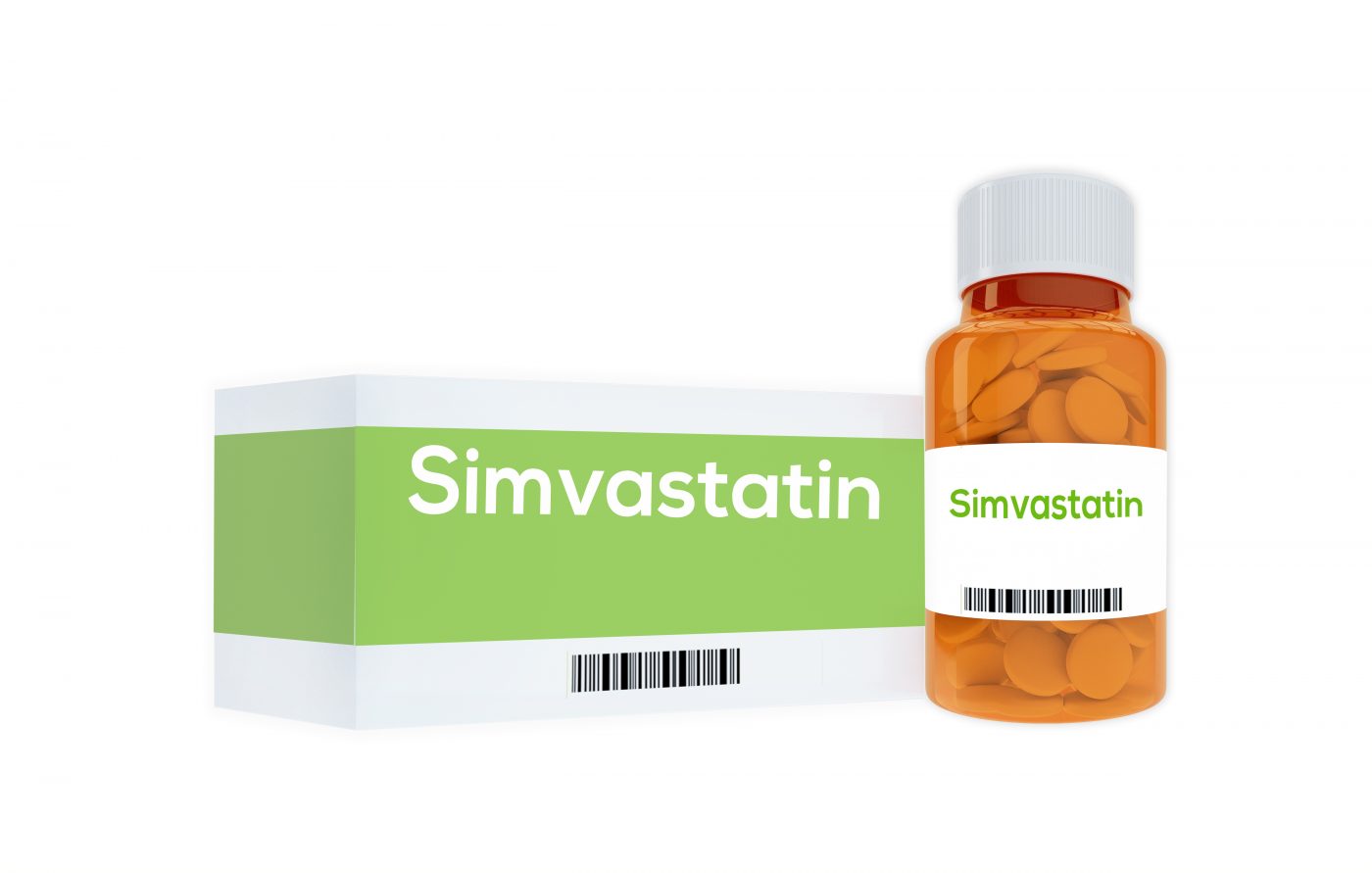Cholesterol Drug, Simvastatin, as Effective as Current Gene Therapy in DMD Mice, Study Finds

While current studies in Duchenne muscular dystrophy (DMD) mainly explore gene and exon-skipping therapies, other options might exist in drugs already on the market. A study, published in the journal Rare Diseases, shows that the cholesterol-lowering drug simvastatin is as effective in improving muscle health as the best genetically based experimental treatments to date, possibly offering DMD patients the hope of improved care, irrespective of mutation type.
Gene therapy for DMD, once commercially available, will likely improve the lives of DMD patients. Although the prospect of having a functional gene transplant is appealing, approaches currently in preclinical studies and clinical trials are less than optimal.
Dystrophin is an exceptionally large gene, so simply transferring the whole gene to a human is not possible with the methods available to scientists today. This has led to what is known as exon-skipping approaches, where the mutated part of the gene can be blocked during transcription, allowing a shorter version to be produced.
Each such ‘blocker’ will, however, be specific only for a particular mutation. Given the amount of mutations in the gene, and the fact that each variant needs to be tested in separate studies, the availability of such therapies for many patients might be far off.
With this in mind, researchers at the University of Washington started to look at drugs approved for other diseases that might be repurposed as a more economical and ready option for DMD patients.
Simvastatin, a statin used to lower high cholesterol levels, also has antioxidant, anti-inflammatory, and antifibrotic properties that could influence several core processes in DMD. Among other drugs of the same class, simvastatin also has the highest ability to be taken up by muscles.
Testing the drug in a mouse model of DMD, the research team showed that both short- and long-term treatment improved muscle health and function in the mice. The beneficial effects were not mediated by changes in dystrophin or related proteins and, the researchers said, were comparable to the most effective truncated gene therapy construct and exon skipping approaches — a 40 percent increase in the muscle strength of a lower leg muscle called tibialis anterior.
One of the main features of DMD is the replacement of muscle with fibrotic tissue, which by the age of 10 constitutes about 30 percent of the muscle. The process, however, starts much earlier, and DMD children as young as 1 can have a 15 percent fibrotic component in their muscles, showing that early treatment is crucial for prolonging muscle health.
The study, “Simvastatin offers new prospects for the treatment of Duchenne muscular dystrophy,” also found that simvastatin treatment of old mice could reverse existing fibrosis of the diaphragm by 50 percent, leading to a 20–30 percent increase in muscle strength, suggesting that the treatment might benefit also older patients.
Observing such a large reduction in muscle fibrosis led the authors to raise the question whether the removal of fibrotic tissue might create an environment that also better promotes muscle re-growth — a query that needs more investigation.
Turning to the clinical concerns, a main reason simvastatin has never been explored in muscle disease is that studies have shown a small risk of muscle-related side effects. Other studies have, however, found that frequent muscle issues in statin users are not related to the treatment. Also, a study in children — the main target group in DMD – showed no signs of muscle-related side effects.
Other concerns, related to increased reactive oxygen species and induction of a muscle-wasting pathway, are likely unsubstantiated, since simvastatin reduces oxidative stress, and the particular pathway is suppressed in DMD patients.
Clinical studies are now needed to determine if these findings in animal models are applicable to patients.






